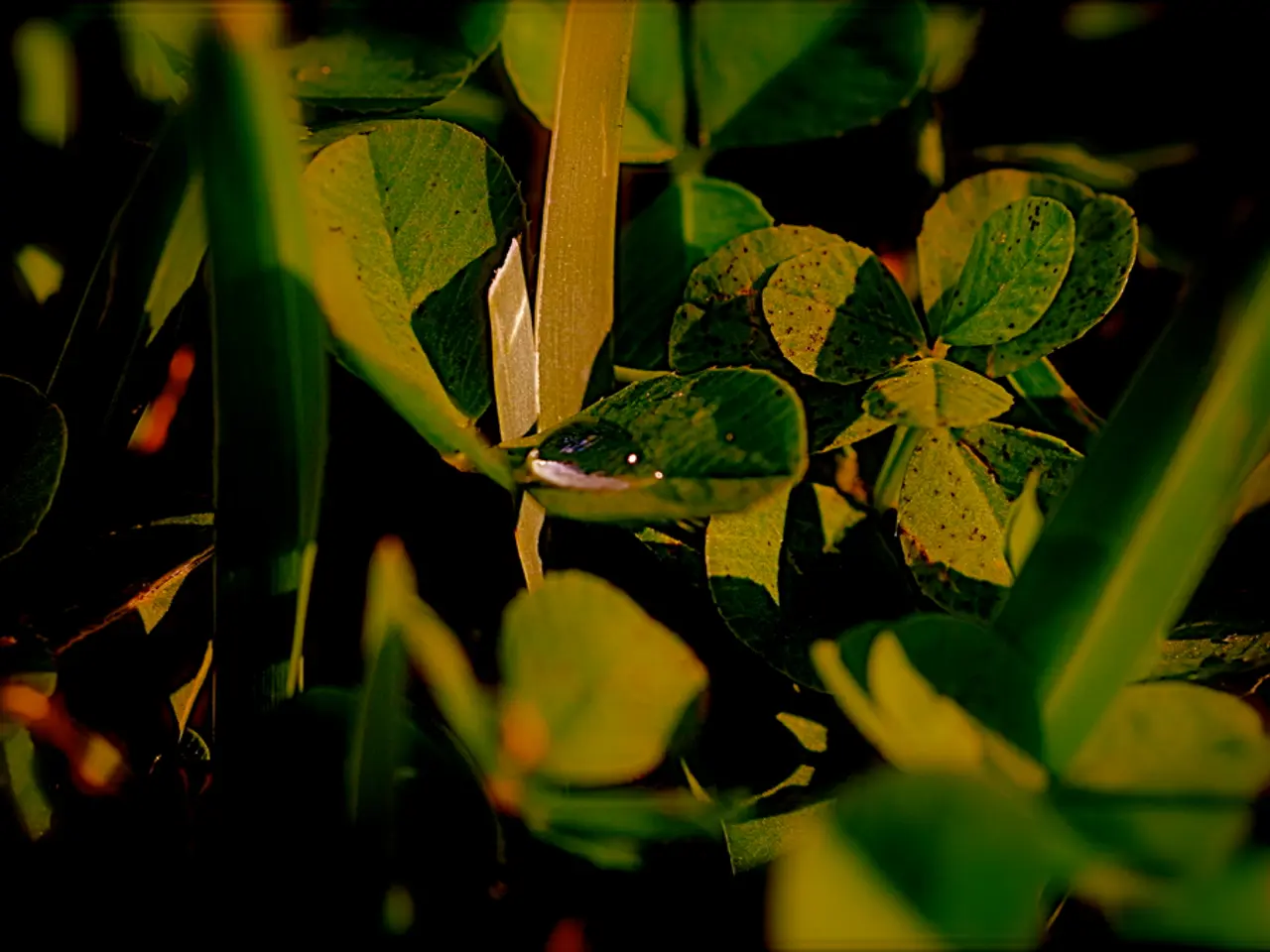Edema Threatens Tropical Houseplants in Controlled Green Environments
Edema, a common plant health issue, is affecting many tropical houseplants in controlled green environments. This condition, also known as waterlogging, occurs when plants absorb more moisture than they can evaporate. It's not contagious and doesn't spread between plants, but it can cause significant damage if left untreated.
Causes of edema are numerous and include overwatering, poor drainage, high air humidity, too close planting, insufficient ventilation, sudden temperature fluctuations, and excessive mineral fertilizers. Common signs include transparent or yellowish blisters on leaves, leaves standing at a right angle, and leaves turning yellow, curling, and falling off. Severe cases can affect stems, leading to aerial root formation and deformities.
To combat edema, reduce watering, ensure well-draining soil, ventilate the area, control air humidity, and remove severely damaged leaves. Preventive measures include using drainage layers, even watering, regular ventilation, maintaining optimal temperatures, and controlling nitrogen fertilizers. Plants commonly affected include philodendrons, peace lilies, pothos, and ferns, which are prone to water retention under high humidity conditions.
Edema is a serious issue for tropical houseplants in controlled green environments. It's crucial to monitor watering, drainage, and humidity levels to prevent this condition. Early detection and appropriate care can save plants and maintain a healthy environment.
Read also:
- FDA's Generic Mifepristone Approval Sparks Pro-Life Concerns Over Safety and States' Rights
- Understanding Child Development: Causes and Signs of Delays
- Top Superfoods for Hormonal Health: Avocados, Berries, Flaxseeds, Turmeric, and Cruciferous Veggies
- Pope Francis' New Book 'Let Us Dream' Offers Unity and Hope for Post-Covid World






